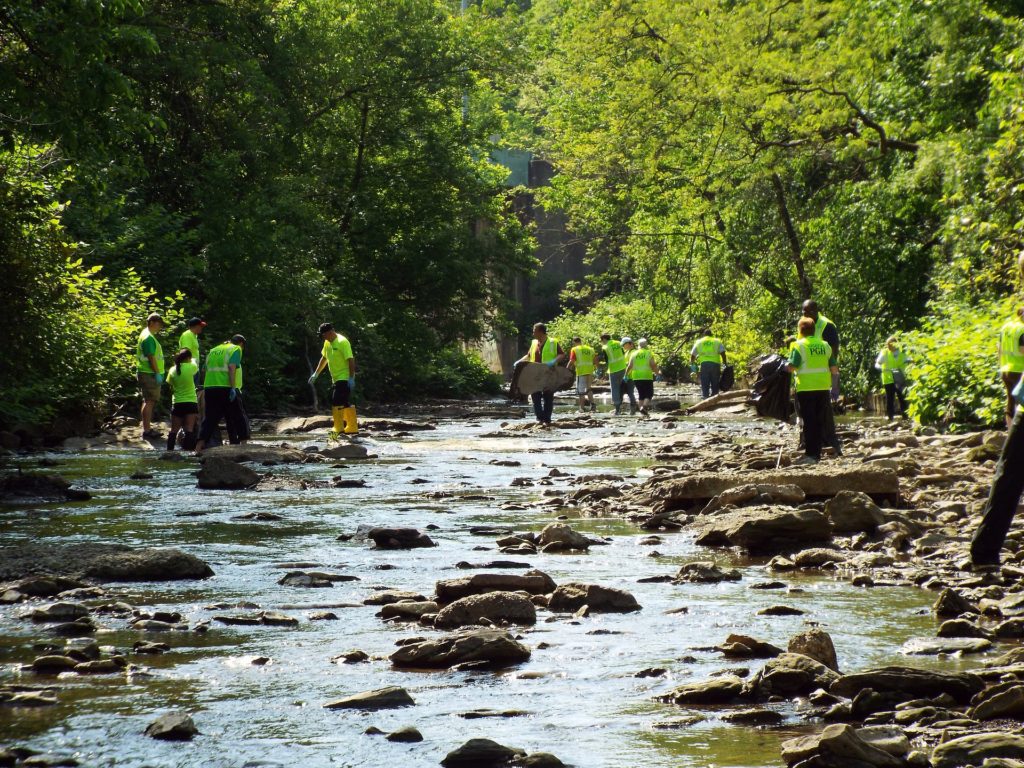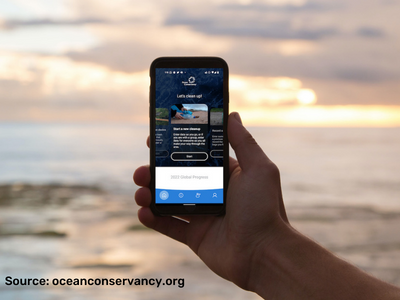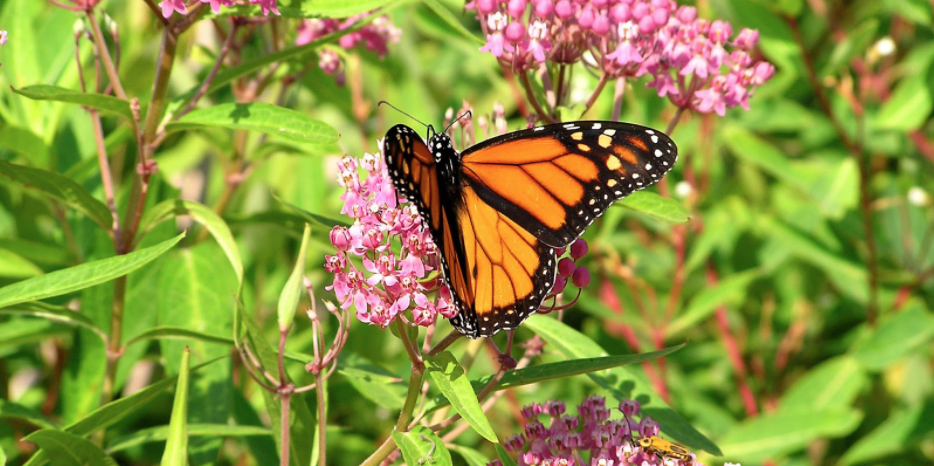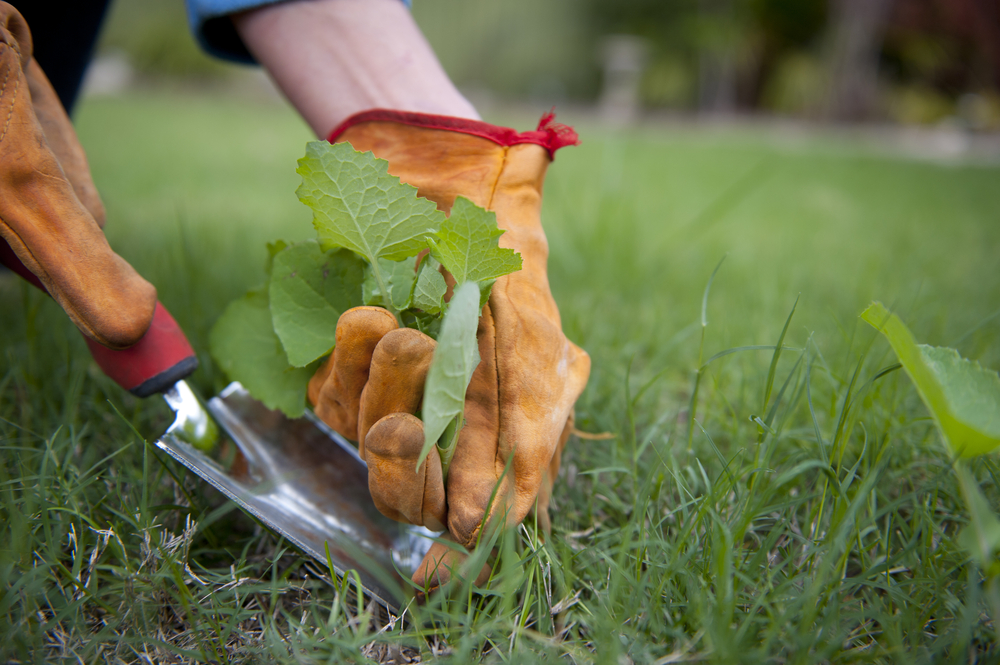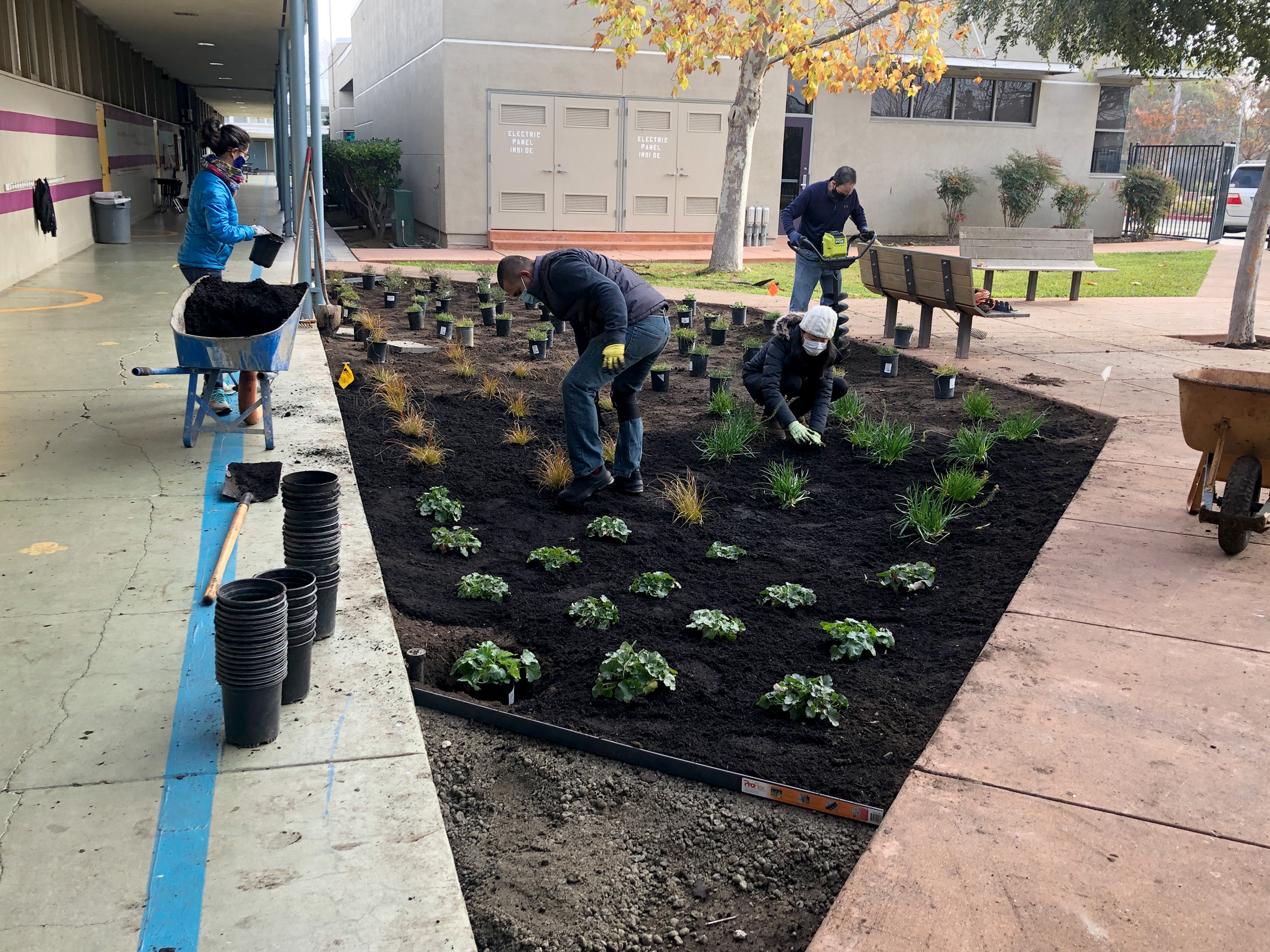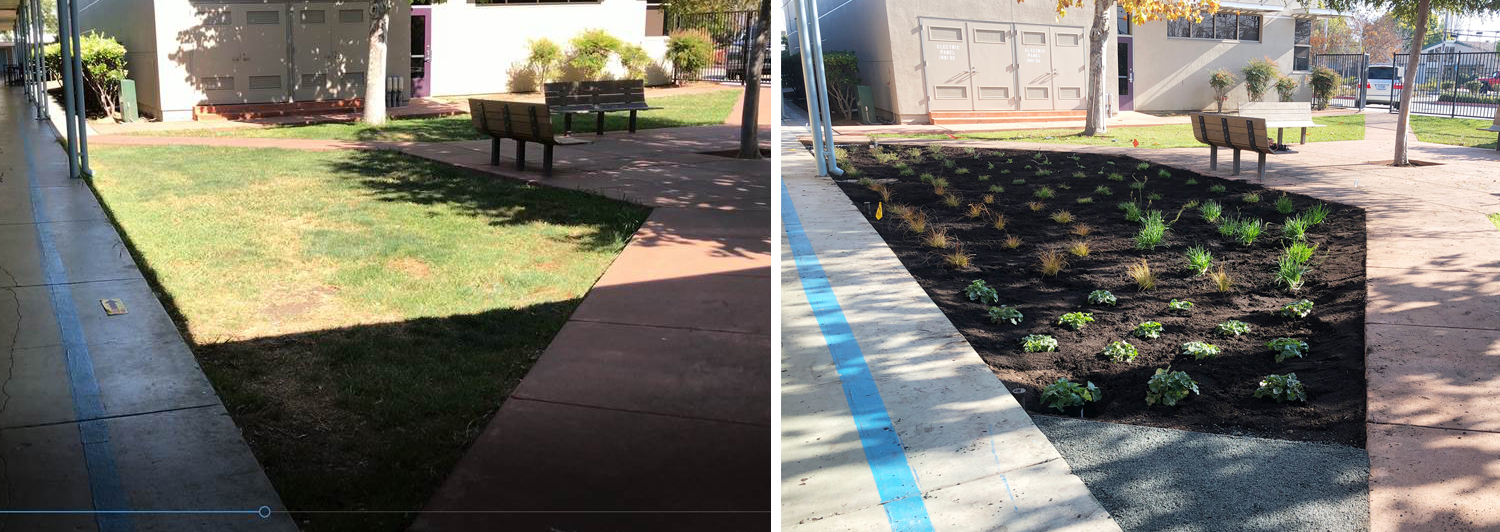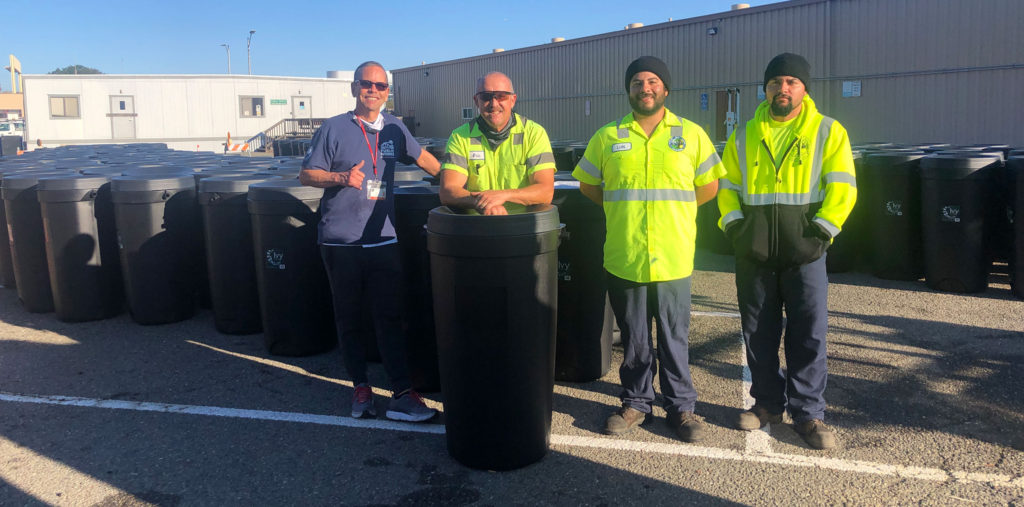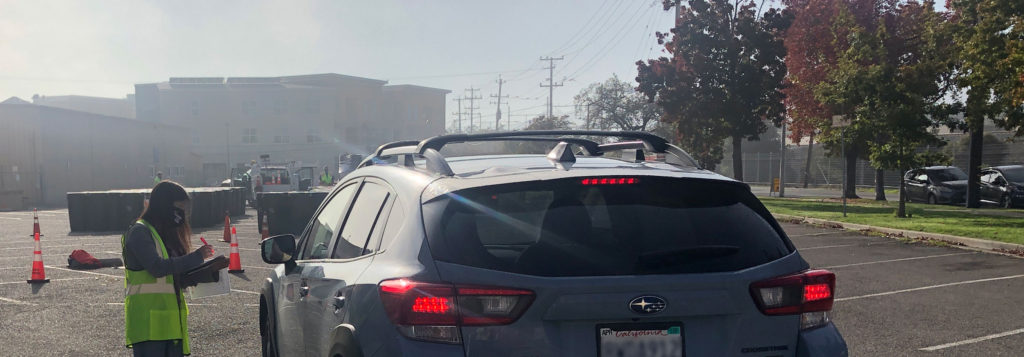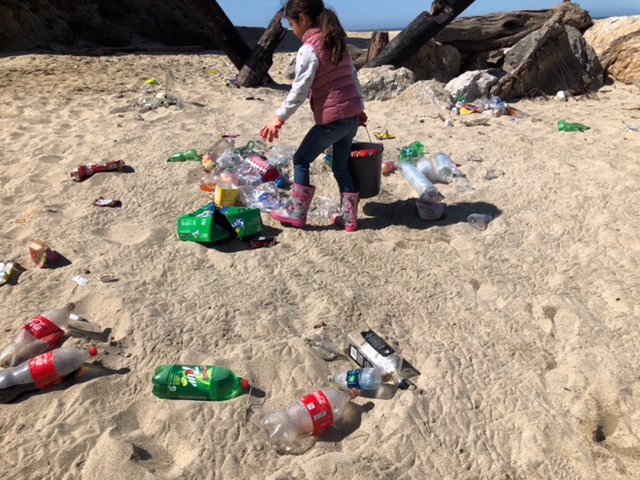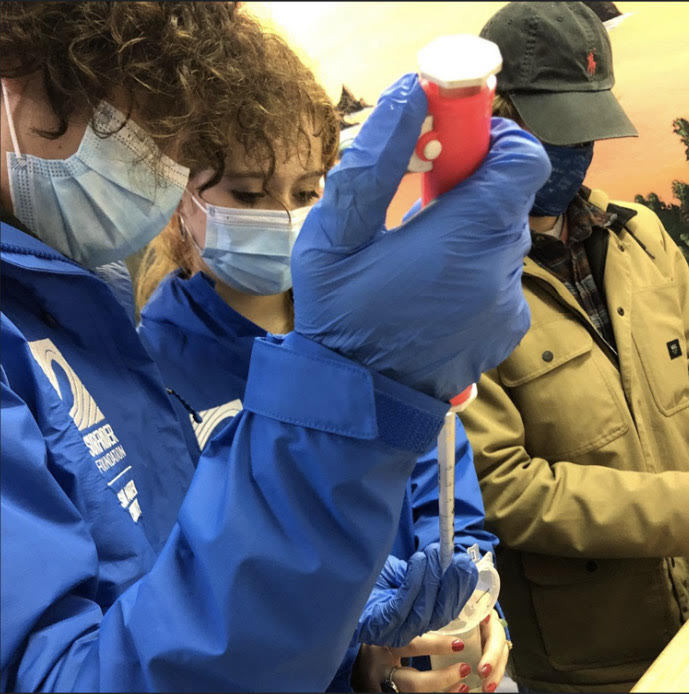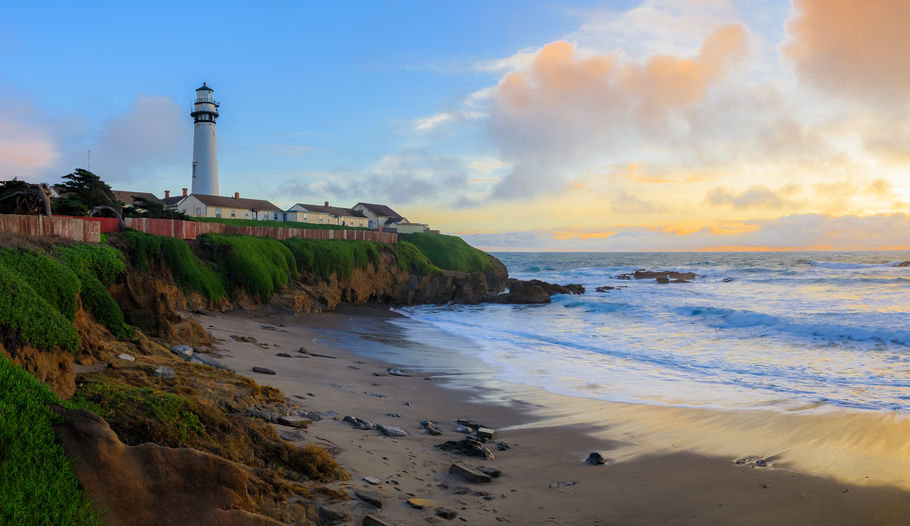After the large success of last year’s pilot rain barrel program, Flows To Bays is happy to announce the program has been brought back and is now open to San Mateo County residents and businesses.
Flows To Bay has again partnered with Rain Water Solutions (a certified B corporation) to acquire barrels in bulk directly. This translates into significant cost savings for San Mateo County residents and businesses! As part of this program, each barrel will cost $80 (pre-tax)—over a 40% discount from the retail amount. Qualifying applicants can also apply for the countywide rebate after rain barrel purchase and installation, which may cover up to 100% of the purchase price for specific water districts. Learn how much of a rebate your qualify for here.
With San Mateo County in an extreme drought, it is more important than ever to conserve as much water as possible. For every inch that falls on a 500-square-foot area, a rain barrel can collect 310 gallons. The 726 rain barrels purchased from our program last year will capture 36,000 gallons of water each time the barrels are filled!
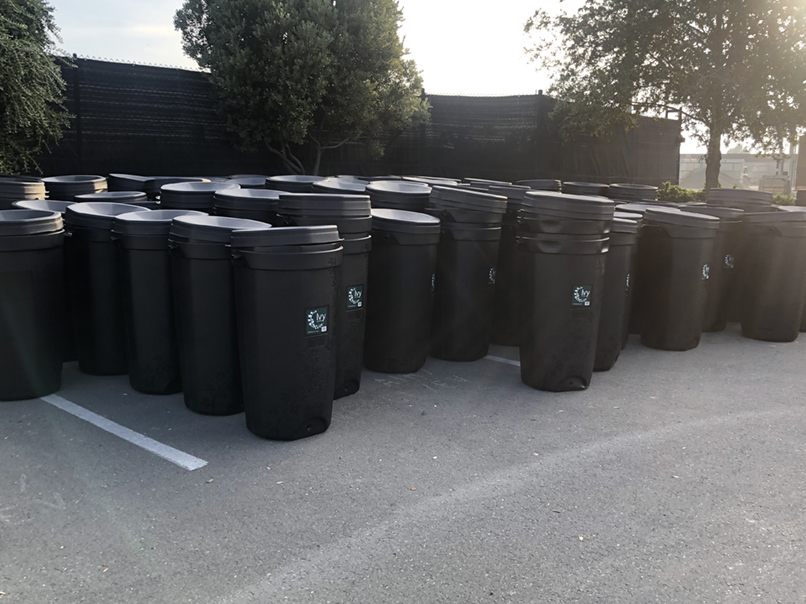
Rain Barrel Program
This year, the rain barrel quantity available to the San Mateo County public has increased to 1,320, available on a first-come, first-serve basis.
Beyond the water conservation and financial benefits, capturing rainwater also improves the water quality of our local creeks, the San Francisco Bay, and the Pacific Ocean. Rainfall funnels into streets, collecting urban pollutants from all surfaces, including roofs. These pollutants then flow into storm drains and nearby waterways without treatment. Runoff is the number one source of pollution in our waterways nationwide.
“Preventing rainwater from flowing off properties and into the streets and storm drains is a win-win environmental strategy for restoring the health of our coastal waters,” said Reid Bogert, C/CAG Sr. Stormwater Program Specialist.
“While our cities are doing a lot to prevent pollution, residents can join the cause one barrel at a time to manage rainwater on their properties. A single rain barrel is small in scale compared to the amount of rain San Mateo County receives in a wet season. Still, if everyone is empowered to help restore our coastal environments, the cumulative impact will be considerable.”
Flows To Bay is a program of the City/County Association of Governments of San Mateo County (C/CAG). Through the stormwater program, C/CAG helps fund the countywide rain barrel rebate program in partnership with the Bay Area Water Supply & Conservation Agency (BAWSCA) and member water agencies.
